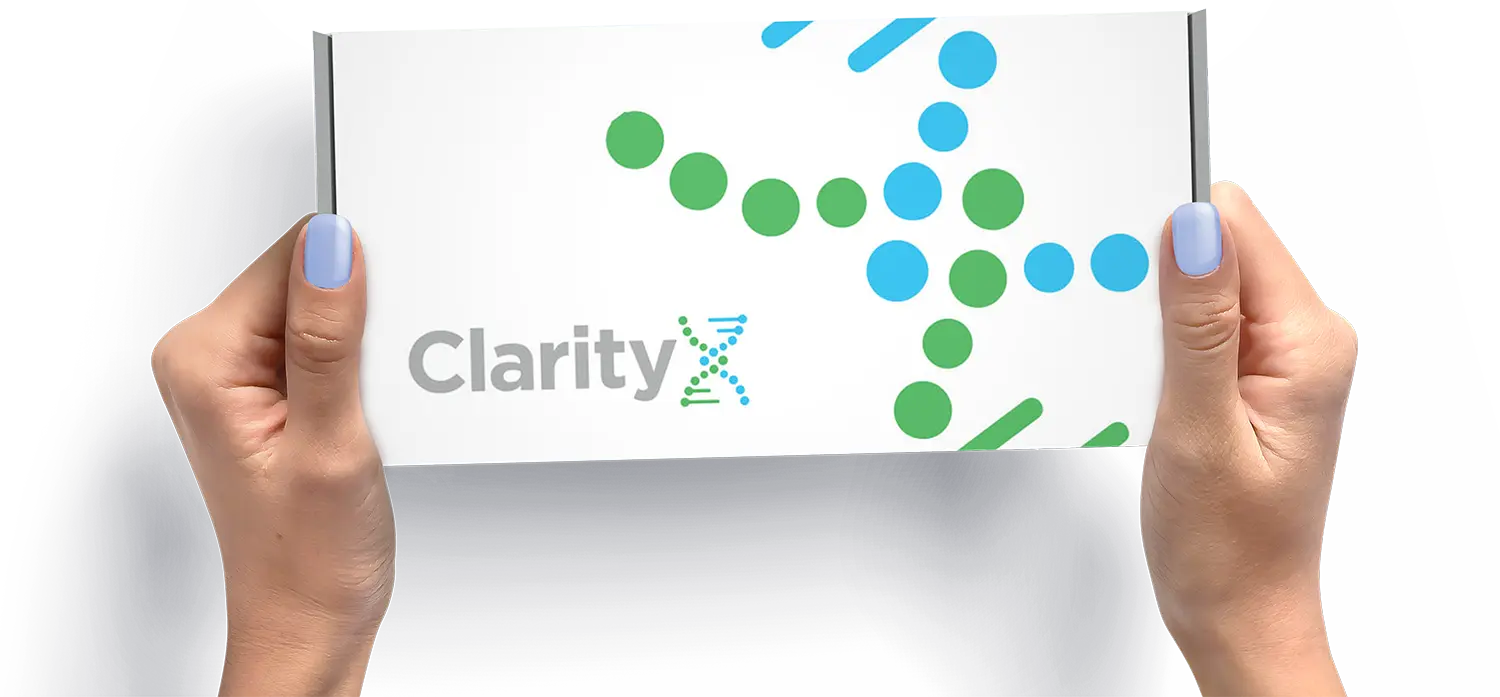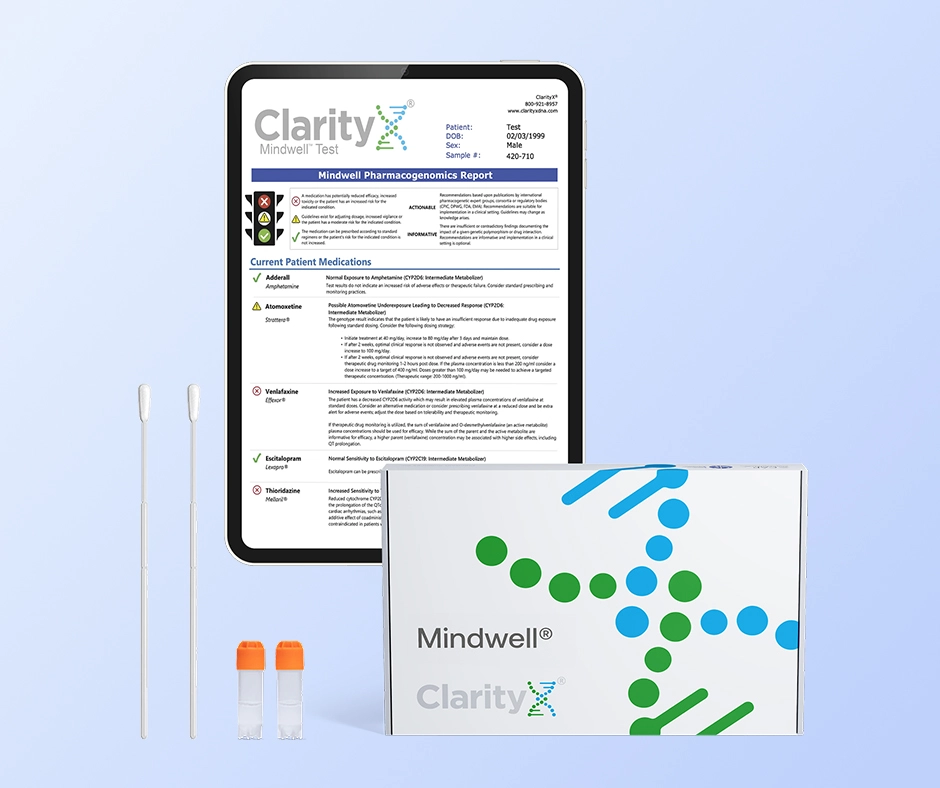National DNA Day Sale! 🧬 Save 25%️
- Zanaflex is a central alpha-2-adrenergic agonist indicated for the management of spasticity.
- Because of the short duration of therapeutic effect, treatment with Zanaflex should be reserved for those daily activities and times when relief of spasticity is most important.
- The most common adverse reactions (greater than 2% of 264 patients taking tizanidine and greater than in placebo-treated patients in three multiple dose, placebo-controlled studies) were dry mouth, somnolence, asthenia, dizziness, urinary tract infection, constipation, liver function tests abnormal, vomiting, speech disorder, amblyopia, urinary frequency, flu syndrome, SGPT/ALT increased, dyskinesia, nervousness, pharyngitis, and rhinitis.
- Fluvoxamine
Concomitant use of fluvoxamine and Zanaflex is contraindicated. Changes in pharmacokinetics of tizanidine when administered with fluvoxamine resulted in significantly decreased blood pressure, increased drowsiness, and increased psychomotor impairment. - Ciprofloxacin
Concomitant use of ciprofoxacin and Zanaflex is contraindicated. Changes in pharmacokinetics of tizanidine when administered with ciprofloxacin resulted in significantly decreased blood pressure, increased drowsiness, and increased psychomotor impairment - Oral Contraceptives
Concomitant use of Zanaflex with oral contraceptives is not recommended. However, if concomitant use is clinically necessary, initiate Zanaflex with a single 2 mg dose and increase in 2–4 mg steps daily based on patient response to therapy. If adverse reactions such as hypotension, bradycardia, or excessive drowsiness occur, reduce or discontinue Zanaflex therapy. - Alcohol
Alcohol increases the overall amount of drug in the bloodstream after a dose of Zanaflex. This was associated with an increase in adverse reactions of Zanaflex. The CNS depressant effects of Zanaflex and alcohol are additive.
• Hypotension: monitor for signs and symptoms of hypotension, in particular in patients receiving concurrent antihypertensives; Zanaflex should not be used with other α2-adrenergic agonists.
• Risk of liver injury: monitor ALTs; discontinue Zanaflex if liver injury occurs.
• Sedation: Zanaflex may interfere with everyday activities; sedative effects of Zanaflex, alcohol, and other CNS depressants are additive.
• Hallucinations: consider discontinuation of Zanaflex.
• Less potent inhibitors of CYP1A2: may cause hypotension, bradycardia, or excessive drowsiness, use caution if Zanaflex is used with less potent inhibitors of CYP1A2, e.g., zileuton, other fluoroquinolones, antiarrythmics , cimetidine, famotidine, oral contraceptives, acyclovir, and ticlopidine.
• Renal impairment (creatinine clearance < 25 mL/min): use Zanaflex with caution, and monitor closely for dry mouth, somnolence, asthenia and dizziness as indicators of potential overdose.


